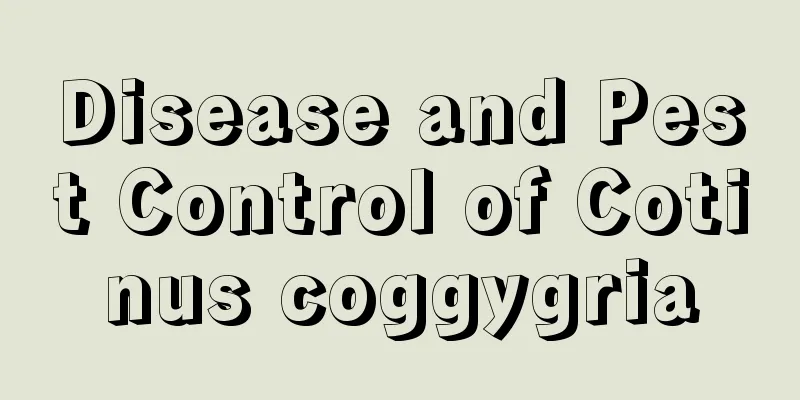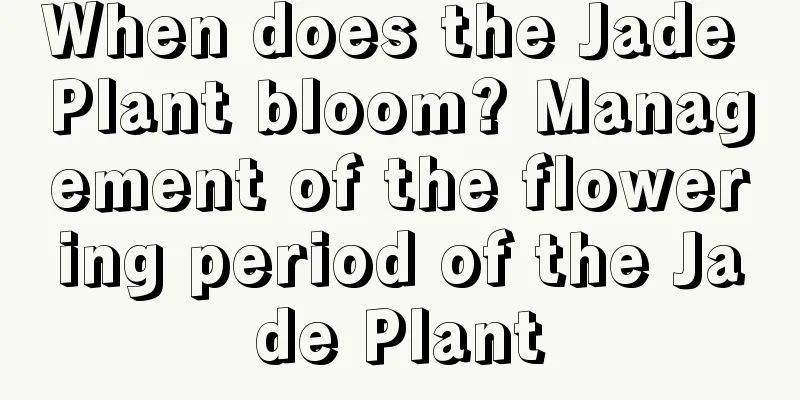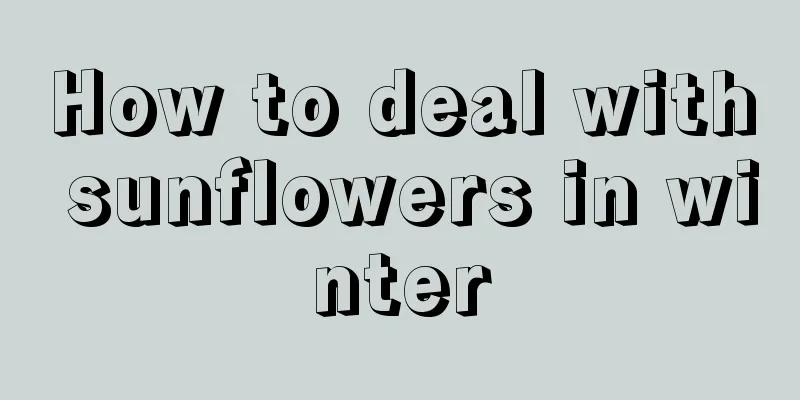Disease and Pest Control of Cotinus coggygria

Brown spotThe brown spot disease of Cotinus coggygria mainly requires controlling the appropriate environmental temperature, avoiding excessive cold or heat, to ensure its normal growth. If the disease is found, you can directly spray it with the corresponding fungicide. Root-knot nematode diseaseWhen it is cold in winter, the diseased seedlings with nodules can be dug out and frozen outdoors in the open air using the natural low temperature. If the disease is mild, you can directly cut off the nodular roots and soak them in 45℃ water for about five minutes. Use water temperature to kill the insects; if the disease is more serious, the nodular roots need to be completely destroyed, and add chlorpyrifos (250 grams/667 square meters) within 5-6 cm on the side of the root to prevent the spread of pests. aphidThis situation is quite common. If it is not properly prevented and occurs, you can just use a special insecticide to deal with it. It is not very troublesome. Underground pestsFor pests lurking underground, you can usually irrigate the area around the roots of the seedlings with pesticide solution, such as 1000 times the solution of 50% chlorpyrifos emulsifiable concentrate. You can also use poisoned bait to lure and kill them, with the bait being wheat bran, soybean cake, cottonseed cake, corn kernels, etc. First, fry the bait until fragrant, then add in 30 times diluted 90% dichlorodiphenyltrichloroethane crystals and mix well. For every 30 crystals of the liquid, mix 1 kg of bait, add appropriate amount of clean water to wet it, and spread it in the evening. Damping-offDamping off disease requires strengthening the sanitation management of the garden, focusing on cleaning and pruning diseased branches in a timely manner. You can take 50% carbendazim solution, or 500-1000 times solution of 50% wettable powder, or 1:1:120 times solution of Bordeaux, and spray it once every 10-15 days. powdery mildewThe main method to prevent and control powdery mildew is to spray with Baume-sulfur mixture before the branches sprout. You can also use 20% oxycarboxin or 800-1000 times solution of triadimefon and manganese zinc for spraying, both of which will achieve good results. Fusarium WiltFor Cotinus coggygria wilt, seriously diseased branches need to be dug out, burned and then buried in the soil to block the root cause; then use pentachloronitrobenzene to treat the soil. An appropriate amount of the liquid medicine can be mixed into the soil. After watering, the soil can be turned over again. |
<<: Disease and Pest Control of Rhododendron pubescens
>>: Disease control of sweet pepper
Recommend
What to do if the leaves of the big leaf arborvitae turn black
1. Reduce watering Reason: It needs a certain amo...
What to do if your fortune is rotten?
1. Watering problem (1) Reason: This plant prefer...
Peacock ball leaf cutting method
1. Can it be grown by leaf cuttings? There are le...
What does a yellow rose represent? Yellow rose pictures
1. Pure Friendship Yellow roses can be given to c...
Is ginkgo the fruit of ginkgo?
1. Is it The fruit consists of two parts: seeds a...
How to raise the golden hook
1. Breeding environment 1. Light: The hanging hoo...
Can apple trees be planted in the south?
Can apple trees be grown in the south? Apple tree...
The growing environment and local conditions of Cornus officinalis
Cornus officinalis growth environment and conditi...
How to grow Dendrobium officinale so that it blooms out of the pot?
Dendrobium candidum , also called butterfly dendr...
How to plant four-season grass seeds
Four Seasons Grass Seed Introduction Generally, t...
Tips for Prolonging the Shelf Life of Cut Tulip Flowers
How long can cut tulips be preserved? How long ca...
How to breed Jinhuangxing
1. Branch cutting method The genus Aster can be p...
Can dragon fruit remove freckles?
Can it remove spots? I won’t keep you in suspense...
How to plant Houttuynia cordata in pots and how to plant Houttuynia cordata in pots
1. Time Selection Houttuynia cordata, also known ...
Can camphor trees be planted in pots?
Can camphor trees be planted in flower pots? Camp...









